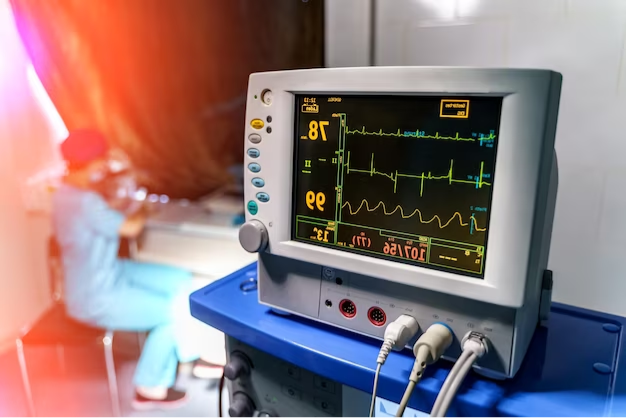
Caritas Heart Institute
Cardiovascular Exercise: A Key to a Healthy Heart
December 2023

Interventional cardiology has witnessed remarkable advancements, and one of the most significant breakthroughs is the development of embolic protection devices. These devices play a vital role in safeguarding patients undergoing procedures like angioplasty or stent placement from the risk of embolisms, which are small pieces of plaque or blood clots that can break loose during the procedure and cause serious complications. In this article, we will explore the importance and functionality of embolic protection devices in interventional cardiology.
Understanding Embolic Protection Devices
Embolic protection devices are specialized tools designed to capture and prevent emboli, such as blood clots or plaque debris, from entering the bloodstream during interventional cardiology procedures. These procedures often involve the use of catheters, balloons, and stents to open blocked or narrowed arteries. However, these manipulations can dislodge tiny particles that may pose a risk to other organs or vessels.
Types of Embolic Protection Devices
There are several types of embolic protection devices used in interventional cardiology, including:
The Role of Embolic Protection Devices
Embolic protection devices represent a crucial advancement in interventional cardiology, offering a higher level of safety and precision during procedures like angioplasty and stent placement. They help ensure that patients receive the benefits of these life-saving interventions without the added risk of embolic complications. If you or a loved one is scheduled for an interventional cardiology procedure, it's essential to discuss the use of embolic protection devices with your healthcare provider. This collaborative approach will help optimize the safety and effectiveness of your cardiac care, ensuring the best possible outcome for your cardiovascular health.

Caritas Heart Institute
December 2023